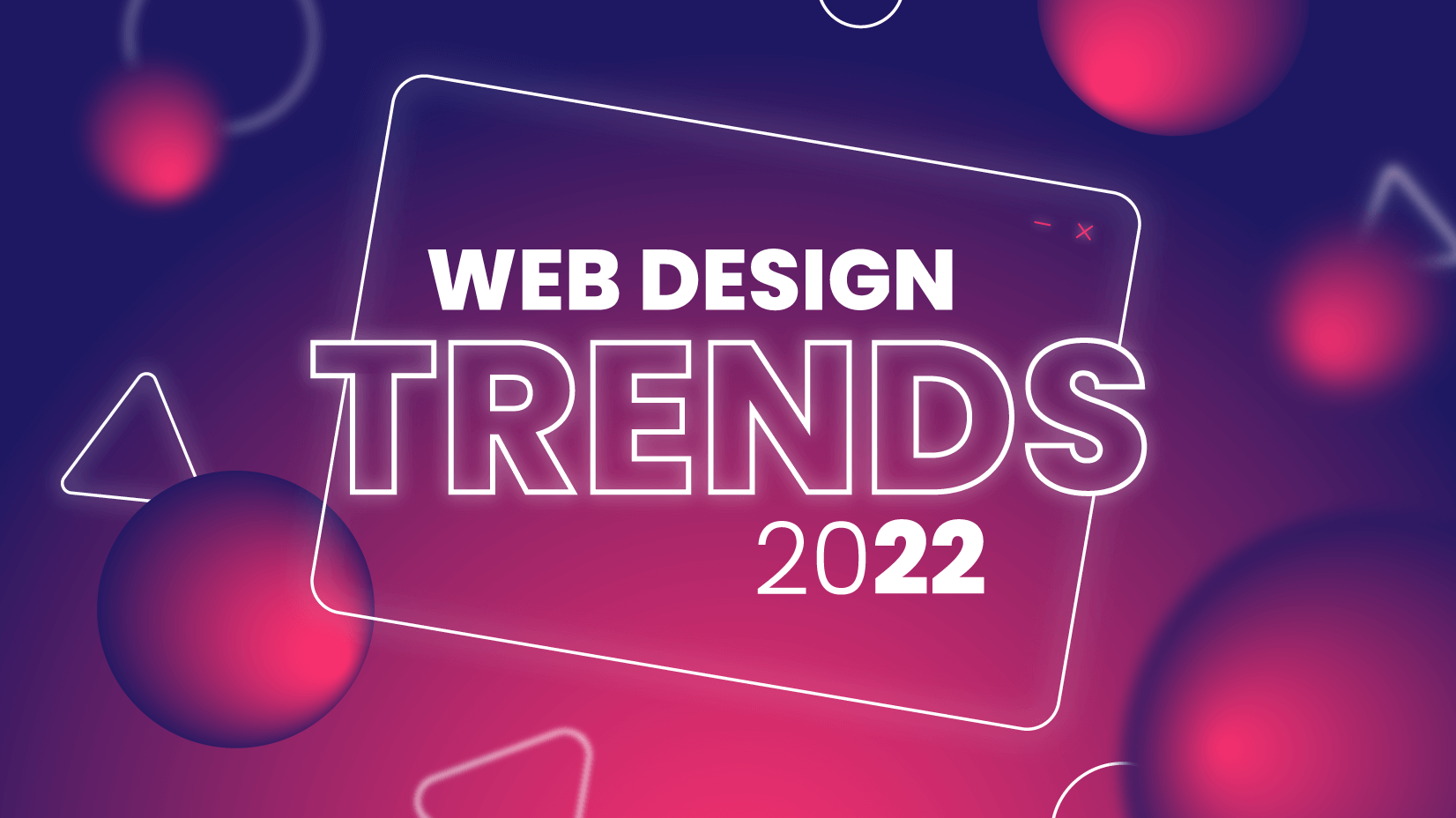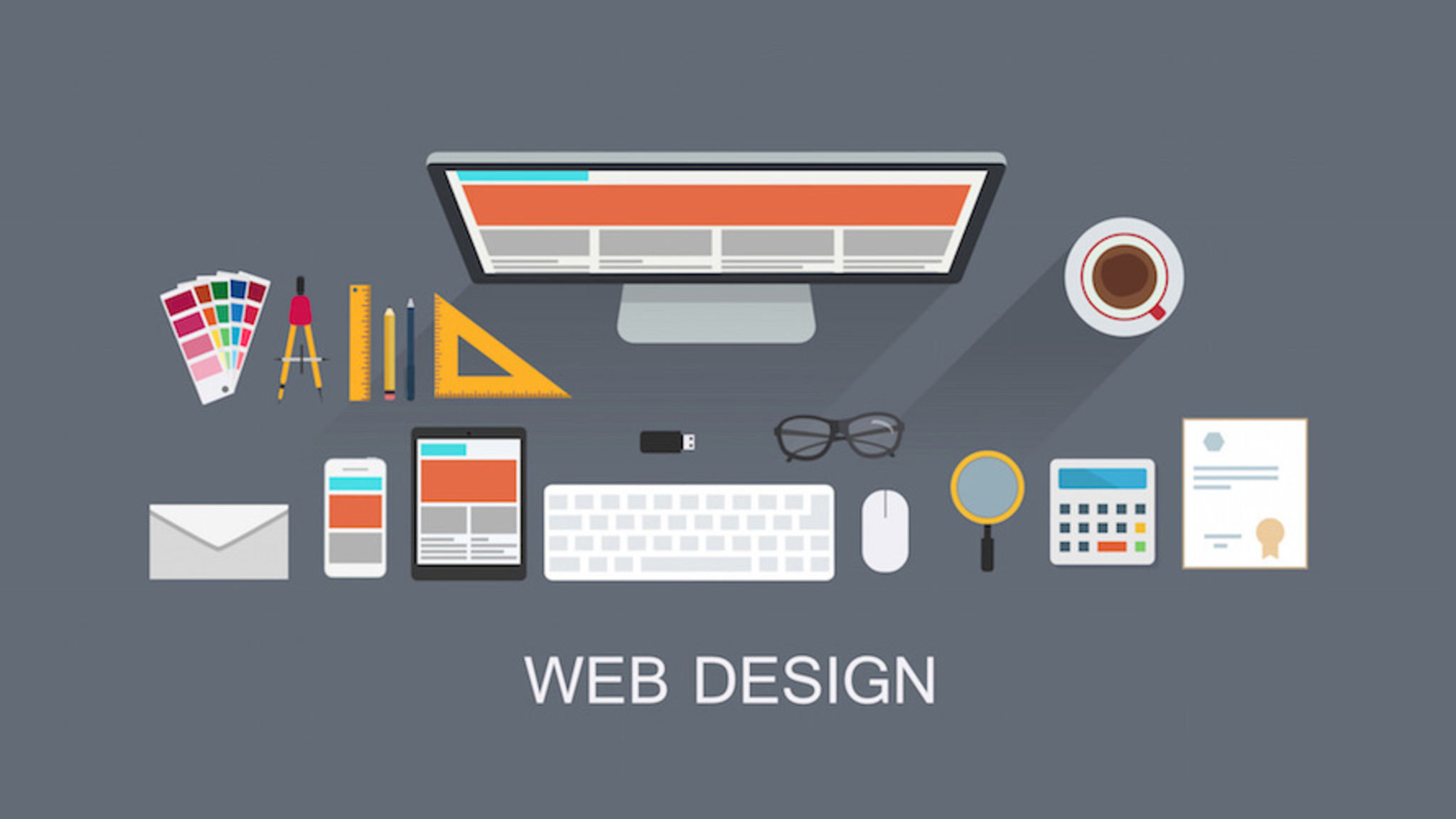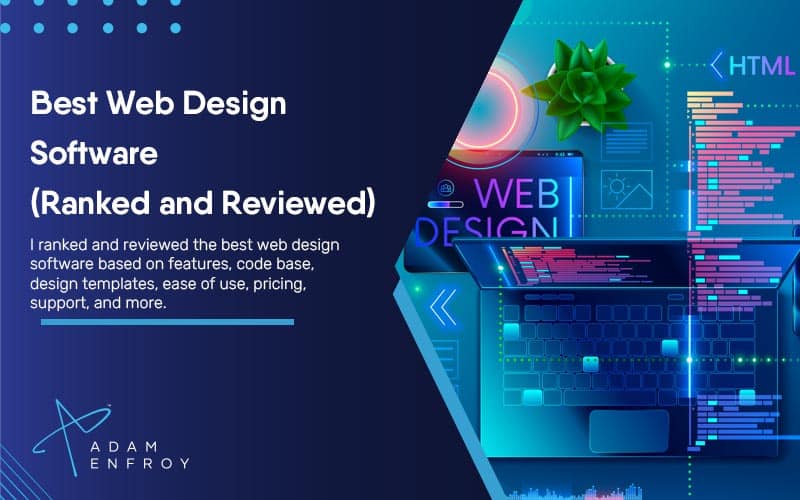All Categories
Featured
Table of Contents
- – Otc Web Design Girdwood, Alaska - Web Design &...
- – Otc Web Design Girdwood, Alaska - Web Design ...
- – Boxcar Studio - Wordpress & Drupal Web Design...
- – Web Design And Applications - W3c Tips and Tr...
- – Boxcar Studio - Wordpress & Drupal Web Design...
- – 34 Of The Best Website Designs To Inspire You...
- – What Is Web Design? The Ultimate Guide To We...
- – Top 30 Web Design Companies - Apr 2022 - Des...
- – Web Design And Development - Invision Tips a...
- – Learn Responsive Design - Web.dev Tips and T...
- – What Is A Web Designer? (2022 Guide) - Brain...
Otc Web Design Girdwood, Alaska - Web Design & Google ... Tips and Tricks:
Quick summary Use and the utility, not the visual style, determine the success or failure of a website. Considering that the visitor of the page is the only person who clicks the mouse and therefore chooses whatever, user-centric style has developed as a standard approach for successful and profit-oriented website design - web design frederick md.
and the energy, not the visual style, determine the success or failure of a site. Because the visitor of the page is the only person who clicks the mouse and for that reason chooses everything, user-centric style has ended up being a standard method for effective and profit-oriented web style. After all, if users can't use a function, it may as well not exist.
g. where the search box should be put) as it has actually currently been carried out in a variety of posts; rather we focus on the methods which, used properly, can result in more sophisticated design decisions and streamline the process of viewing presented information. Please observe that you may be interested in the usability-related posts we have actually published prior to: Principles Of Good Website Design And Reliable Web Style Guidelines, In order to utilize the principles correctly we first need to understand how users engage with websites, how they think and what are the basic patterns of users' behavior.
Otc Web Design Girdwood, Alaska - Web Design & Google ... Tips and Tricks:
Visitors glimpse at each new page, scan a few of the text, and click the very first link that captures their interest or slightly resembles the thing they're searching for. In fact, there are large parts of the page they don't even look at. Many users look for something interesting (or useful) and clickable; as soon as some appealing candidates are discovered, users click.
If a page supplies users with top quality material, they are willing to jeopardize the content with ads and the style of the site. This is the reason not-that-well-designed sites with premium content acquire a great deal of traffic over years. Content is more vital than the style which supports it.

Users do not check out, they scan. Notification how "hot" areas abrupt in the middle of sentences. This is common for the scanning process. Really basic concept: If a site isn't able to satisfy users' expectations, then designer failed to get his job done correctly and the business loses money. The higher is the cognitive load and the less user-friendly is the navigation, the more prepared are users to leave the site and look for alternatives.
Boxcar Studio - Wordpress & Drupal Web Design ... - Ann Arbor Tips and Tricks:
Neither do they scan website in a direct style, going sequentially from one site area to another one. Instead users satisfice; they pick the first reasonable option. As quickly as they find a link that appears like it may lead to the goal, there is a great chance that it will be right away clicked.
It doesn't matter to us if we comprehend how things work, as long as we can utilize them. If your audience is going to imitate you're designing billboard, then design fantastic billboards." Users wish to have the ability to control their internet browser and depend on the consistent information presentation throughout the site.
If the navigation and site architecture aren't instinctive, the number of question marks grows and makes it harder for users to understand how the system works and how to receive from point A to point B. A clear structure, moderate visual hints and quickly identifiable links can help users to find their path to their goal.
Web Design And Applications - W3c Tips and Tricks:

claims to be "beyond channels, beyond products, beyond circulation". What does it imply? Considering that users tend to check out websites according to the "F"-pattern, these three statements would be the first elements users will see on the page once it is packed. Although the style itself is simple and instinctive, to understand what the page is about the user needs to browse for the response.
As soon as you have actually achieved this, you can interact why the system is helpful and how users can benefit from it. Do Not Squander Users' Perseverance, In every job when you are going to offer your visitors some service or tool, attempt to keep your user requirements very little.
Novice visitors are willing to, not filling long web kinds for an account they may never utilize in the future. Let users explore the website and discover your services without forcing them into sharing private information. It's not affordable to require users to go into an email address to evaluate the function.
Boxcar Studio - Wordpress & Drupal Web Design ... - Ann Arbor Tips and Tricks:
Stikkit is a perfect example for an easy to use service which requires practically absolutely nothing from the visitor which is unobtrusive and comforting. Which's what you desire your users to feel on your web website. Apparently, Termite requires more. However the registration can be carried out in less than 30 seconds as the form has horizontal orientation, the user does not even need to scroll the page.
A user registration alone suffices of an obstacle to user navigation to reduce inbound traffic. 3. Handle To Focus Users' Attention, As websites provide both fixed and vibrant content, some elements of the interface bring in attention more than others do. Clearly, images are more captivating than the text simply as the sentences marked as bold are more attractive than plain text.
Focusing users' attention to specific locations of the website with a moderate usage of visual elements can help your visitors to receive from point A to point B without thinking of how it really is expected to be done. The less enigma visitors have, the they have and the more trust they can establish towards the business the website represents.
34 Of The Best Website Designs To Inspire You In 2022 Tips and Tricks:
4. Pursue Feature Direct exposure, Modern web designs are typically criticized due to their technique of guiding users with aesthetically appealing 1-2-3-done-steps, big buttons with visual results and so on. From the style viewpoint these components in fact aren't a bad thing. On the contrary, such as they lead the visitors through the website content in an extremely basic and user-friendly way.
The site has 9 primary navigation alternatives which show up at the very first look. The option of colors may be too light, though. is a fundamental principle of effective user interface design. It does not actually matter how this is accomplished. What matters is that the content is well-understood and visitors feel comfy with the method they communicate with the system.
Rather a rate: just what visitors are looking for. An optimal solution for efficient writing is touse brief and succinct expressions (come to the point as rapidly as possible), usage scannable layout (classify the content, utilize several heading levels, use visual components and bulleted lists which break the flow of consistent text blocks), use plain and objective language (a promo does not require to sound like ad; give your users some affordable and objective factor why they must use your service or stay on your website)6.
What Is Web Design? The Ultimate Guide To Website Design ... Tips and Tricks:
Users are rarely on a site to delight in the style; furthermore, most of the times they are looking for the details regardless of the design - web design frederick md. Aim for simpleness instead of intricacy. From the visitors' perspective, the finest site style is a pure text, with no ads or further material obstructs matching exactly the query visitors utilized or the material they've been searching for.
Finch clearly provides the info about the website and offers visitors an option of options without overcrowding them with unnecessary material. Not just does it assist to for the visitors, but it makes it possible to perceive the information presented on the screen.
Complex structures are harder to read, scan, analyze and deal with. If you have the option between separating two style segments by a noticeable line or by some whitespace, it's typically much better to utilize the whitespace solution. (Simon's Law): the better you handle to supply users with a sense of visual hierarchy, the easier your content will be to perceive.
Top 30 Web Design Companies - Apr 2022 - Designrush Tips and Tricks:
The very same conventions and guidelines ought to be used to all elements.: do the most with the least amount of cues and visual components. 4 major points to be considered: simpleness, clarity, distinctiveness, and focus. Simplicity consists of just the elements that are essential for communication. Clarity: all components should be developed so their significance is not uncertain.
Conventions Are Our Pals, Traditional design of website components does not result in a boring web site. It would be an use nightmare if all sites had different visual discussion of RSS-feeds.
understand what they're anticipating from a site navigation, text structure, search placement etc. A normal example from usability sessions is to equate the page in Japanese (presuming your web users do not understand Japanese, e. g. with Babelfish) and offer your usability testers with a job to find something in the page of different language.
Web Design And Development - Invision Tips and Tricks:
Test Early, Test Typically, This so-called TETO-principle ought to be applied to every web design task as use tests typically offer into significant issues and problems related to a given layout. Test not too late, not too little and not for the incorrect factors.
Some important points to keep in mind: according to Steve Krug, and screening one user early in the job is much better than screening 50 near completion. Accoring to Boehm's first law, mistakes are most frequent throughout requirements and design activities and are the more expensive the later they are gotten rid of.
That implies that you design something, test it, fix it and then check it once again. There might be issues which have not been found during the first round as users were almost obstructed by other issues.
Learn Responsive Design - Web.dev Tips and Tricks:

This holds for designers. After you've dealt with a site for couple of weeks, you can't observe it from a fresh viewpoint anymore. You know how it is constructed and therefore you understand precisely how it works you have the wisdom independent testers and visitors of your site would not have.
It can be connected to other areas such as graphic style, user experience, and multimedia arts, however is more aptly seen from a technological perspective. It has become a large part of people's daily lives. It is tough to think of the Web without animated graphics, various designs of typography, background, videos and music.

During 1991 to 1993 the Internet was born. Text-only pages might be seen utilizing a basic line-mode web browser. In 1993 Marc Andreessen and Eric Bina, developed the Mosaic browser. At the time there were numerous browsers, however the bulk of them were Unix-based and naturally text heavy. There had actually been no integrated technique to graphic design components such as images or noises.
What Is A Web Designer? (2022 Guide) - Brainstation® Tips and Tricks:
The W3C was created in October 1994 to "lead the Internet to its complete potential by developing common procedures that promote its development and ensure its interoperability." This discouraged any one business from monopolizing a propriety browser and shows language, which could have altered the effect of the Internet as a whole.
As this has actually taken place the technology of the web has actually likewise moved on. There have likewise been considerable modifications in the method individuals use and access the web, and this has altered how sites are developed.
Learn more about Lovell Media Group LLC or TrainACETable of Contents
- – Otc Web Design Girdwood, Alaska - Web Design &...
- – Otc Web Design Girdwood, Alaska - Web Design ...
- – Boxcar Studio - Wordpress & Drupal Web Design...
- – Web Design And Applications - W3c Tips and Tr...
- – Boxcar Studio - Wordpress & Drupal Web Design...
- – 34 Of The Best Website Designs To Inspire You...
- – What Is Web Design? The Ultimate Guide To We...
- – Top 30 Web Design Companies - Apr 2022 - Des...
- – Web Design And Development - Invision Tips a...
- – Learn Responsive Design - Web.dev Tips and T...
- – What Is A Web Designer? (2022 Guide) - Brain...
Latest Posts
10 Principles Of Good Web Design - Smashing Magazine Tips and Tricks:
Siteinspire - Web Design Inspiration Tips and Tricks:
Web Design - Entrepreneur Tips and Tricks:
More
Latest Posts
10 Principles Of Good Web Design - Smashing Magazine Tips and Tricks:
Siteinspire - Web Design Inspiration Tips and Tricks:
Web Design - Entrepreneur Tips and Tricks: